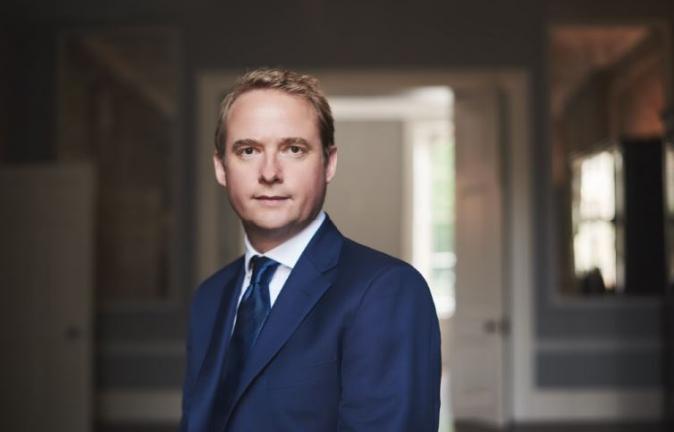Perth and Brisbane continue to lead luxury price growth in Australia - Knight Frank
Contact
Perth and Brisbane continue to lead luxury price growth in Australia - Knight Frank
Perth and Brisbane have had the strongest growth in luxury residential property prices in Australia over the past 12 months, but growth is slowing globally as the outlook becomes more uncertain, according to the latest research said Knight Frank’s Global Head of Research Liam Bailey.
Perth and Brisbane have had the strongest growth in luxury residential property prices in Australia over the past 12 months, but growth is slowing globally as the outlook becomes more uncertain, according to the latest research from Knight Frank.
The firm’s Prime Global Cities Index (PGCI) Q1 2025, which tracks the movement of prime residential prices across 44 cities worldwide, found Perth came in 16th place globally, with luxury property price growth of 3.8% over the year to the end of March.
Brisbane saw the second highest growth out of the Australian cities, with a 2.8% increase, putting the city in 18th place.
Both Perth and Brisbane recorded growth at or above the 2.8% average annual growth for the 44 global cities analysed.
Sydney and Melbourne both saw a fall in luxury residential prices over the 12 months to the end of Q1, with a drop of 0.7% and 2.1% respectively.
Over the past three months Sydney, Melbourne and Perth have all seen a fall in luxury residential price growth, with Brisbane the only one in positive territory, recording a minor increase of 0.1%.
The 2.8% average annual price growth recorded across the 44 cities analysed in Knight Frank’s PGCI Q1 2025 represents a marginal slowdown from the 3.2% recorded in Q4 2024, suggesting while the recovery in prices continues, momentum remains modest and uneven.
The market has now experienced two years of positive growth following the trough of -0.6% in Q1 2023. Nevertheless, growth remains below the long-run average of 5.3%, with most markets awaiting clarity of interest rate cuts before stronger price movements are permitted.
Quarter-on-quarter, prices rose by 0.8%, the strongest showing since Q2 last year. Overall, price growth is being sustained by a mix of wealth-driven purchases and constrained supply, but investor sentiment is still tempered by global macroeconomic uncertainty.
The PGCI Q1 2025 found Asia-Pacific and the Middle East continue to lead the recovery, with Seoul recording the highest luxury price growth at 18.4% over the past 12 months, driven by rising wealth and increasing institutional activity in the luxury residential segment.
Knight Frank’s Global Head of Research Liam Bailey said the direction of interest rates remained the pivotal factor for future price growth in luxury residential property markets.
“Although inflation has been easing in many key economies, US policy on tariffs has created the potential for significant future volatility,” he said.
“There is the potential for disinflationary pressures to increase outside of the US, while the US itself faces a risk of higher inflation.
“While expectations of interest rate cuts have risen outside the US, including in Australia, greater clarity on the pace and extent of future cuts is needed before we see significant upside in pricing in most housing markets.”
Knight Frank’s The Wealth Report 2025, released in March, forecast that Perth was again expected to lead luxury property price growth in in Australia over 2025, with a 3% predicted rise over the calendar year, followed by Brisbane and the Gold Coast with 2% and Sydney at just 1%. Melbourne prices were expected to remain flat.
Adam Ross, Associate Director at McGrath Estate Agents, Knight Frank’s partner in Australia*, said: “There has been a slight uptick with more prestige homes on the market across Australia in the first quarter, so we’re likely to see ongoing sustainable price growth of prestige homes across most cities for the remainder of 2025, particularly with heightened expat activity as they benefit from the currency exchange.
“Global headwinds, the federal election being held, and the lead up to potentially more rate cuts has paused much activity. The restoration of business confidence is of most importance in the second half of the year to build wealth creation and preservation within private property portfolios.
“Construction costs continue to plague developments kicking off, which is capping the number of new prestige homes, mainly driven by labour whilst material costs remain elevated.”



